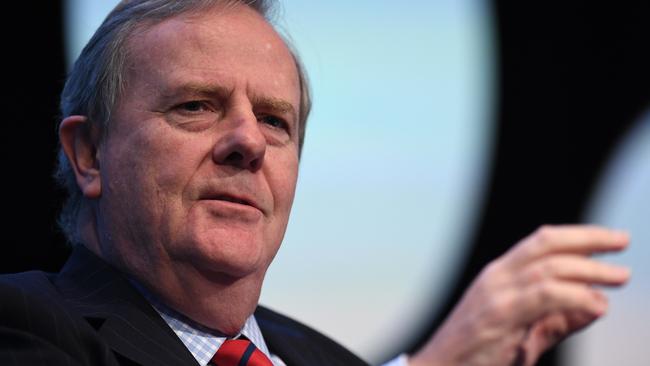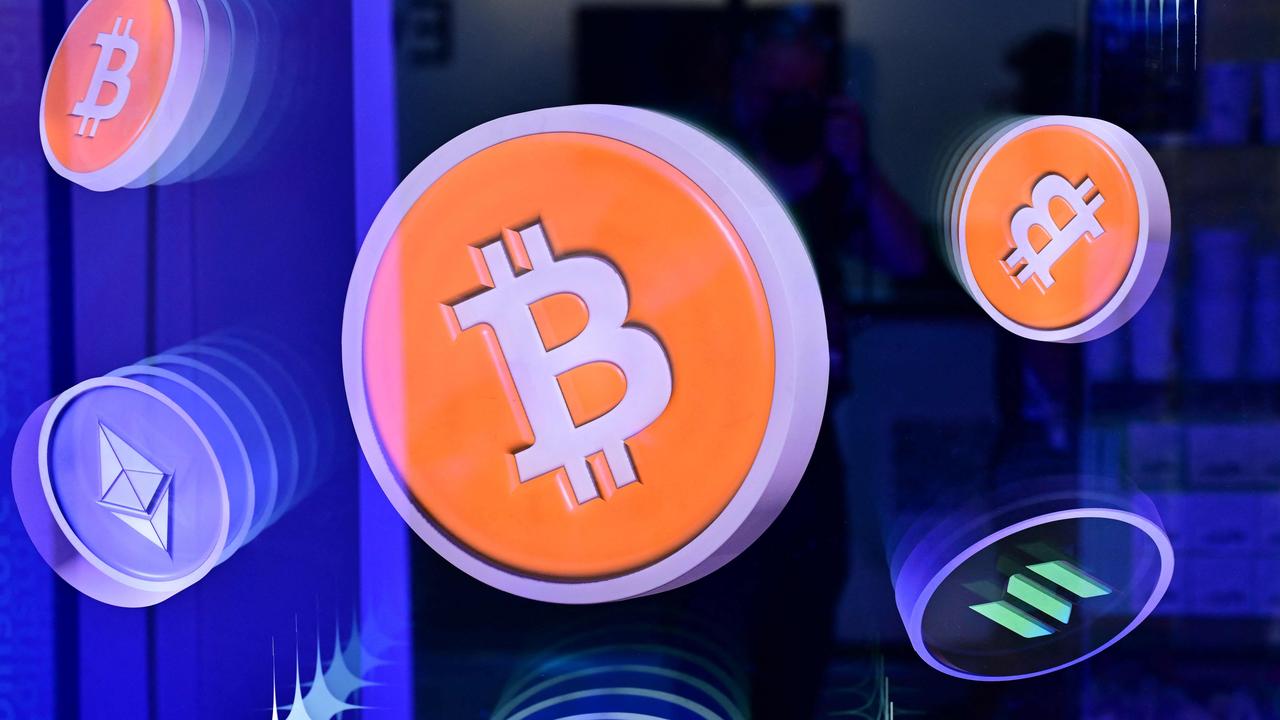Future Fund warns of economic shocks ahead
Future Fund grows to a record $171bn after returning 4.9pc for the December quarter, but cautions about the risks ahead.

Shares in some unprofitable tech companies are reaching “unbelievable” levels in a market “frenzy” as governments and central banks around the world “pump” sharemarkets, but a correction at some point is inevitable, according to Future Fund chairman Peter Costello.
As the $171bn fund announced a 1.7 per cent return for 2020, compared to its 4.4 per cent target, Mr Costello said a combination of three factors was behind the market’s strong momentum, particularly on the tech-heavy Nasdaq exchange in the US.
Money was cheap, with the cash rate at a record low 0.1 per cent; 10-year bonds were only yielding 1 per cent; and there was a firm belief in the unlimited potential of technology and fintech companies.
“Profit doesn’t matter; the only thing that matters is market share,” Mr Costello said. “That can continue for as long as people are prepared to take that risk, but there will be a correction at some point.”
Mr Costello said some investors “in the frenzy of the day” would continue to hunt down the “return of the day”, which could still amount to a decent return the following month, or even the following year. “But professional investors would be asking themselves: is that sustainable in the longer term?” he said.
According to the former federal treasurer, the outlook for markets was hostage to public health, the duration of lockdowns across major economies, the recovery in the real economy, and the pathway to reducing fiscal and monetary support.
The fund’s December portfolio update was a tale of two halves, with a strong comeback in the second half after markets crashed by more than one-third in a “wild ride” in the early months of the pandemic.
The fund grew to a record $171bn after returning 4.9 per cent for the December quarter.
A negative return in the first half — comprised of negative 3.4 per cent in the March quarter and negative 0.7 per cent in the June quarter — dragged the annual return back to 1.7 per cent. Since its inception in May 2006, the fund’s 7.6 per cent return has exceeded its target of 6.6 per cent.
Chief executive Raphael Arndt said the fund entered the period of disruption at the start of the year in a strong position and weathered the tumult well.
“The negative returns of the first half have been more than reversed and the fund continues to exceed its mandated benchmark return while controlling risk levels,” Dr Arndt said.
“While markets have performed strongly, we remain conscious of the potential downside risks, including from public health and economic reversals, and so the portfolio is positioned at around neutral levels of risk.
“This is designed to allow us to continue to generate returns when markets are strong, while reducing the impact of market falls.”
Dr Arndt said the fund tended to overlook short-term market movements in its asset allocation.
Its approach to risk at the start of the year was “less than neutral”, and it had now been lifted to neutral. This was despite the fund increasing its cash holdings from 17 per cent at the end of June to almost 20 per cent at the end of December.
The allocation to international equities fell from 27.2 per cent to 25.1 per cent.
While the allocation to cash had increased, Dr Arndt said the fund had also embraced higher risk, with the level of cash only one of many risk measures. For example, greater risk had been embraced in hedge funds managing Future Fund money.
Mr Costello said the level of stimulus in the global economy was “extraordinary”, and it would have to be gradually withdrawn over the coming years.
There were also challenges arising from “superpower rivalry” between China and the US, and what that meant for the future of global trade.
While the nation’s major exports, such as iron ore, had not yet been affected, the local economy would take a hit if the skirmish widened.
Responding to commentary by BlackRock CEO Larry Fink that companies faced cuts in their valuations if they failed to slash emissions, Mr Costello said the Future Fund “factors in any risk that we can see”, including the global momentum towards net zero emissions.
“I don’t think it’s helpful to put particular targets on these things,” he said.
“As a long-term investor, we look at long-term movements.”
Mr Costello also defended the fund’s 1.7 per cent annual return, saying it was wrong to compare the performance of the Future Fund to superannuation funds. Super funds had inflows from its members, whereas the Future Fund was closed to contributions and had to rely on investment returns after the government’s initial $60.5bn investment.
The Future Fund was therefore unable to catch the rising market with a steady inflow of new money. As a result, its return paled against the 8.9 per cent return of the $4.3bn Emergency Response Fund, measured from its inception on April 1, 2020.



To join the conversation, please log in. Don't have an account? Register
Join the conversation, you are commenting as Logout